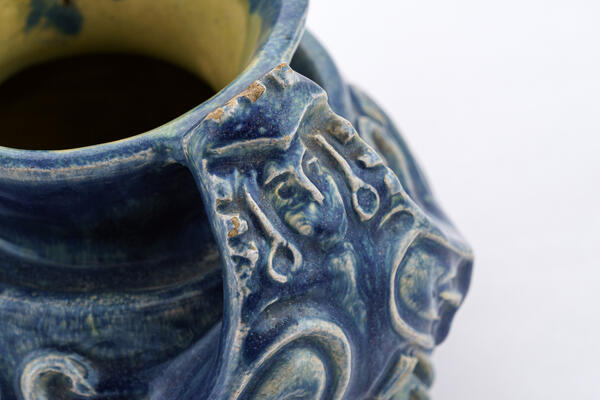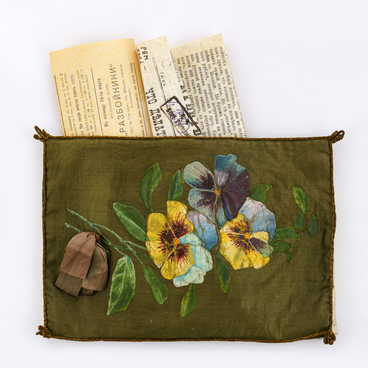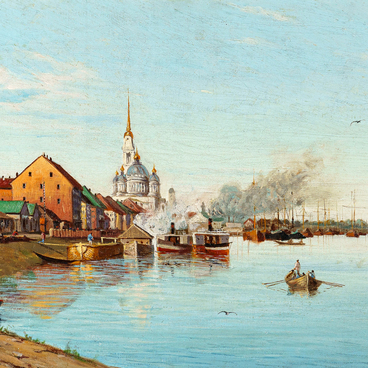One of the largest centers for ceramic production in the Russian Empire at the turn of the 20th century was the ceramics factory of Savva Ivanovich Mamontov, located in the village of Abramtsevo, near Moscow.
In 1870, Mamontov purchased a mansion in Abramtsevo from the Russian writer Sergey Aksakov. At that time, the furnaces in the Abramtsevo mansion, which were decorated with 17th-century multicolored tiles, were in a very poor condition. In 1889, per the initiative of artist Yelena Dmitrievna Polenova, a ceramics workshop was established there. The most significant contribution to the unique appearance of ceramic products made in Abramtsevo was made by the artist Mikhail Alexandrovich Vrubel and the chemical technologist Peter Kuzmich Vaulin.
The workshop became well-known for its ceramic products used in architectural design. It produced large majolica panels, which were installed at the Metropol Hotel in Moscow. Mikhail Alexandrovich Vrubel, Sergey Vasilyevich Chekhonin and Alexander Yakovlevich Golovin made these panels. Viktor Mikhailovich Vasnetsov designed the decorative elements for the building of the Tretyakov Gallery in Moscow.
In addition to large panels, Mamontov’s workshop also produced smaller ceramic items. Most of these artifacts are original and unique, as they are the only examples of their kind. This is due to the skill of the artists and the unusual techniques used in production. The craftspeople at the factory experimented with different shapes, volumes, colors, and glazes to fully explore the potential of ceramic materials and techniques.
In 1899 and 1900, the technique of reduction firing, which was used in the 13th century in medieval Spain, was revived in Abramtsevo. Thanks to this technique, the finished ceramic pieces had a remarkable iridescent luster. This characteristic of Abramtsevo wares is also evident in a small vase from the collection of the Rybinsk Museum. The glossy luster is combined with unusual yellowish-blue color gradations. This piece is also notable for its figurative originality. On its sides, it is adorned with motifs in the shape of the Sirin bird. The Sirin is a mythical bird with a human head, whose melodious songs are said to forewarn of future calamities.




